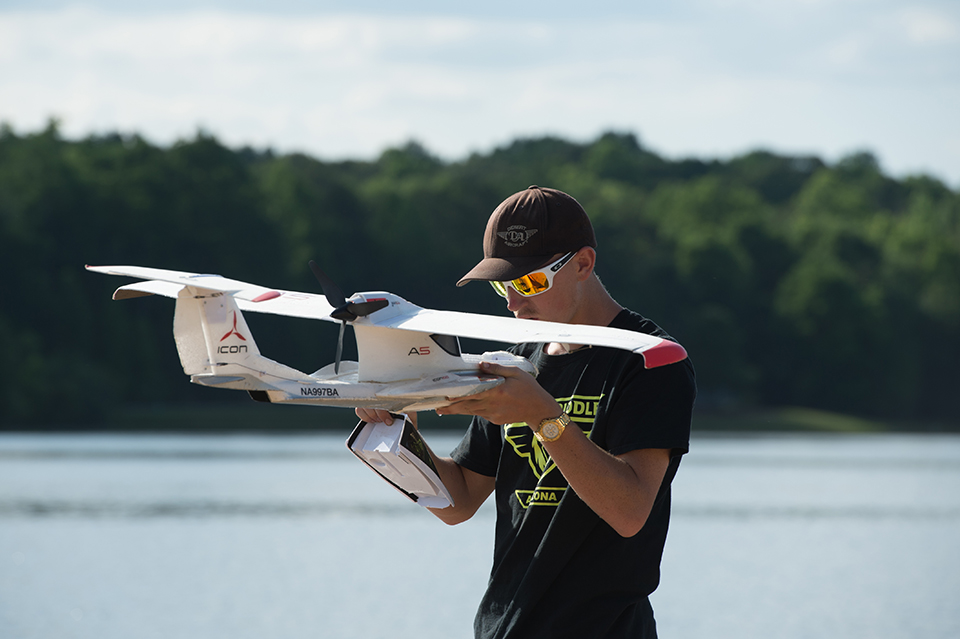EAA Affirms Place of Legacy Model Aircraft at UAS SRM
December 19, 2019 - EAA affirmed that legacy model aircraft can safely be integrated into the NAS — as they have been operated inside controlled airspace and near airports for decades without causing a safety risk to full-scale aircraft — in a Safety Risk Management panel (SRM) in Washington, D.C.
EAA vice president of advocacy and safety Sean Elliott represented EAA as a subject matter expert at the SRM panel, which sought to define recommendations towards a process/checklist for Air Traffic Control to integrate model aircraft operations and allow their operations at higher altitudes than the current LAANC facilities map currently allows.
It has long been EAA's belief that model aviation is a significant pathway to manned flight, and many EAA members came into general aviation through model aviation while many more continue to participate in both forms of flying.
Specifically, Elliott pointed out the true lack of risks associated with model aircraft operations taking place in proximity to various types of manned operations. Legacy model aircraft — such as traditional fixed-wing airplanes, gliders, and helicopter models — have operated in the National Airspace System for decades without posing a threat to manned flight.
"Legacy model aviation is a pathway and parallel to all aspects of manned flight, from professional pilots all the way down to grassroots activities such as the EAA community; our members participate in these forms of aviation in a lifelong capacity," Elliott said. "It's very important for the future of general aviation. EAA's role is to bring that viewpoint and help the modeling community continue to exist and be relevant into the next century."
EAA is supportive of safe integration of UAS and believes legacy model aviation should continue to exist as it has for more than 90 years.

